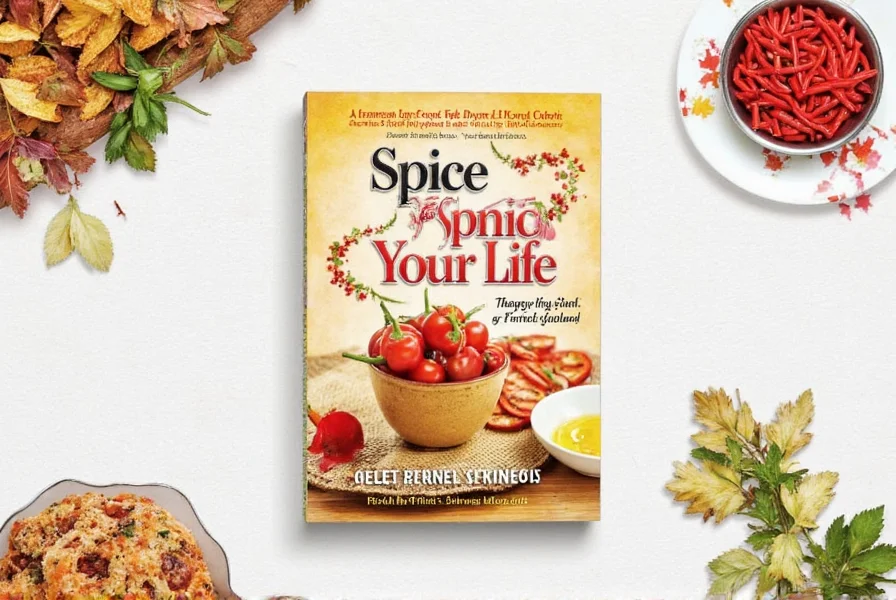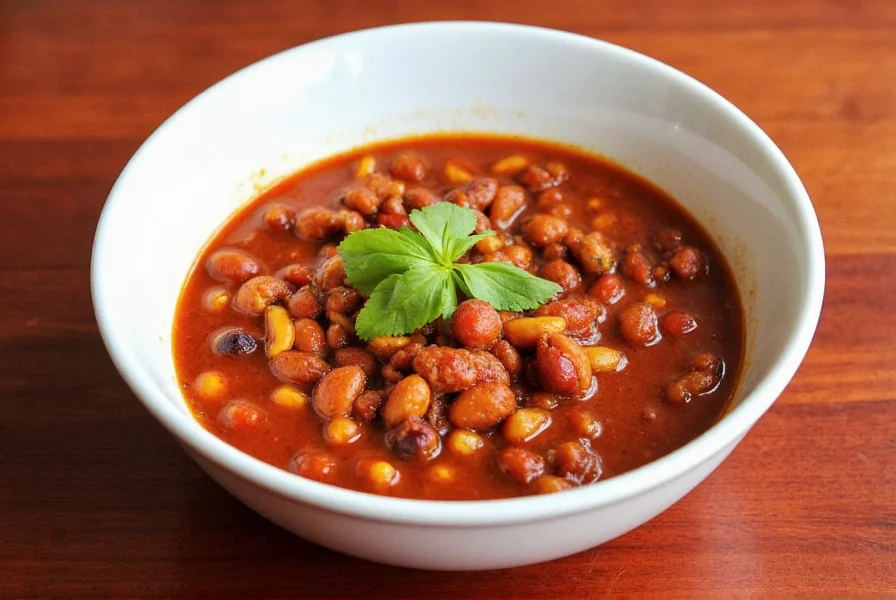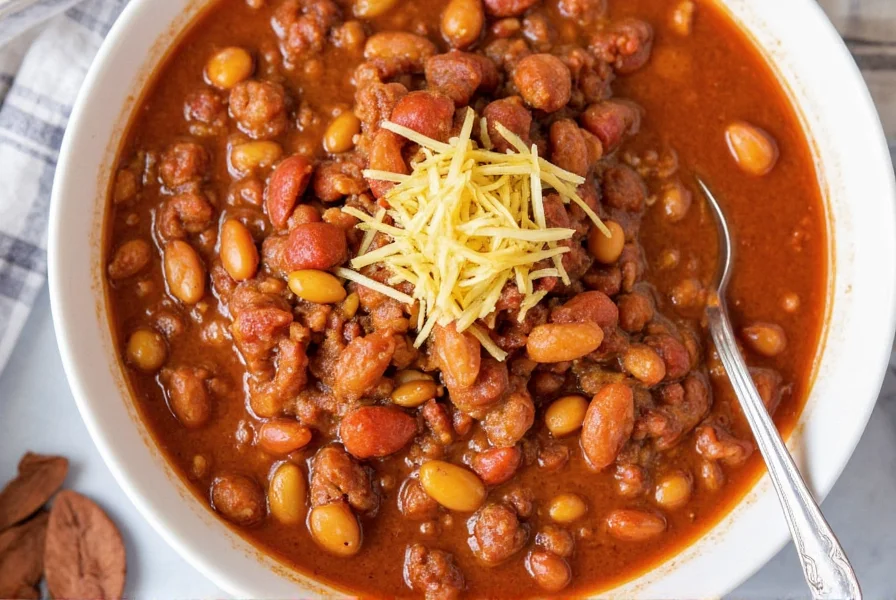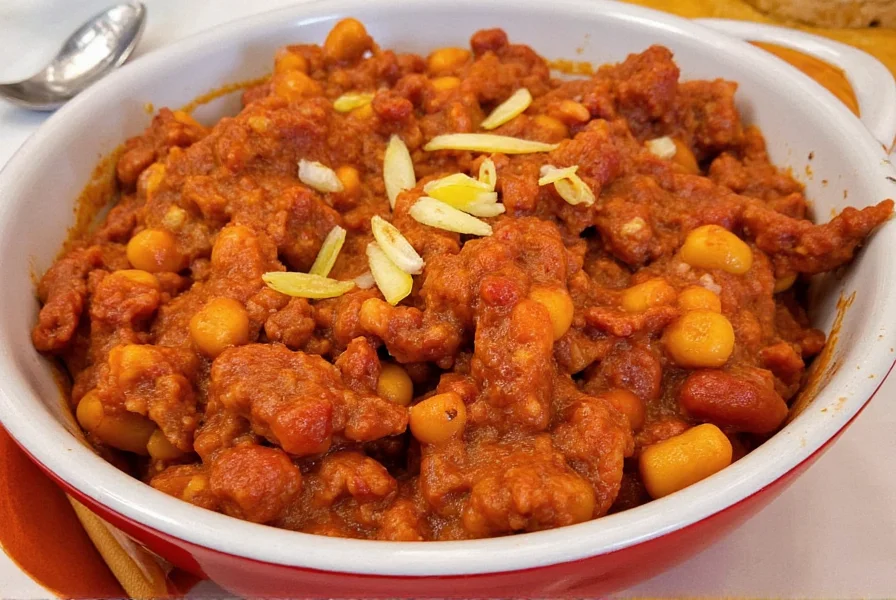Table of Contents
What Is in Chili? Key Ingredients Explained
Chili is a hearty stew primarily made from meat (typically beef), beans, tomatoes, onions, garlic, and spices like chili powder, cumin, and paprika. These core ingredients combine to create its signature flavor and heat. Whether you're making traditional chili con carne or a vegetarian version, understanding these fundamental components helps you craft the perfect dish.

Core Ingredients Breakdown
Each ingredient plays a specific role in chili's flavor profile:
- Meat: Beef is most common (ground or cubed), but pork, chicken, or plant-based alternatives like lentils work well. Lean cuts reduce fat while maintaining richness.
- Beans: Kidney, pinto, or black beans add texture and protein. Traditional Texas-style chili omits beans, but most regional variations include them.
- Tomatoes: Canned diced tomatoes or tomato sauce form the liquid base, balancing spice with acidity.
- Aromatics: Onions and garlic provide foundational flavor. Sautéing them first enhances depth.
- Spices: Chili powder (a blend of dried peppers, cumin, garlic powder), cumin, and paprika create complexity. Cayenne or fresh peppers adjust heat levels.

Understanding Chili's Spice Profile
Heat in chili comes from capsaicin in chili peppers. Common varieties include:
- Ancho: Mild, smoky (1,000-1,500 Scoville)
- Jalapeño: Medium heat (2,500-8,000 Scoville)
- Habanero: Extremely hot (100,000-350,000 Scoville)
Chili powder blends vary by brand—check labels for pepper types. For controlled heat, add spices gradually and taste during cooking.

Frequently Asked Questions
What are the essential ingredients in traditional chili?
Traditional chili con carne includes beef, chili peppers, onions, garlic, tomatoes, and spices like cumin and paprika. Beans are optional depending on regional style (e.g., Texas-style excludes beans).
What gives chili its heat?
Capsaicin in chili peppers creates the burning sensation. Heat level depends on pepper type and quantity used. Ancho peppers provide mild warmth, while habaneros deliver intense heat.
Can chili be made without meat?
Yes. Vegetarian chili uses beans, lentils, mushrooms, or textured vegetable protein as protein sources, combined with tomatoes, spices, and vegetables for depth.
What's the difference between chili powder and fresh chili peppers?
Chili powder is a spice blend containing ground dried peppers, cumin, garlic powder, and oregano. Fresh chili peppers (like jalapeños) are whole peppers used for direct heat control.
Conclusion
Understanding what is in chili starts with its core ingredients: meat, beans, tomatoes, aromatics, and spices. Mastering these fundamentals allows you to customize heat levels, textures, and flavors for any preference. Whether you're making classic chili con carne or a vegetarian version, the key is balancing these elements to create a dish that's both flavorful and satisfying.











 浙公网安备
33010002000092号
浙公网安备
33010002000092号 浙B2-20120091-4
浙B2-20120091-4